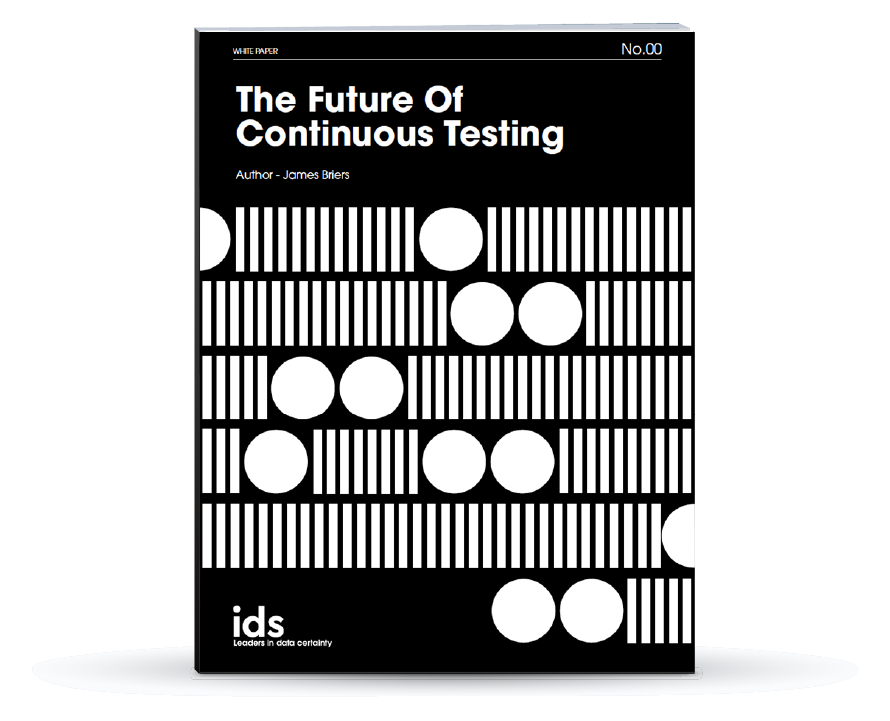What is Data Extraction?

Data extraction involves retrieval of data from many different sources. It is common for companies to extract data in order to process it further, migrate the data to a data repository such as a new CRM, data warehouse, data lake or to further analyse it.
Transforming the data is often also part of this process. At this stage, you may want to migrate your data in to a data warehouse and execute algorithms to identify trends which will help in making business related decisions.
If you are extracting the data to store it in a data warehouse, you might want to add additional metadata or enrich the data with timestamps or geolocation data. Finally, you may likely want to combine the data with other data in the target data store. These processes together are called ETL (Extraction, Transformation, and Loading).
Extraction is clearly the first key step in this process. But how is it extracted?
Extracting Structured and Unstructured Data
If the data is structured, the data extraction process is generally performed within the source system. It’s common to perform data extraction using one of the following methods:
Full extraction: Data is extracted from the source, and there is no need to track changes. The logic is simpler, but the system load is far greater.
Incremental extraction: Changes in the source data are tracked since the last successful extraction so that you do not go through the process of extracting all the data each time there is a change. To achieve this, you might create a change table to track changes. Some data warehouses have change data capture (CDC) functionality built in. The logic for incremental extraction is a lot more complex, but the system load is reduced.
It is a different story if you work with unstructured data.
A large part of your task is to prepare the data in such a way that allows you to extract it effectively, and then it’s likely you’ll store it in a data lake until you plan to extract it for analysis or migration. You’ll probably want to tweak and clean up errors here within your data by doing things like removing whitespace and symbols, removing duplicate results, and determining how to handle missing values.
Overcoming Data Extraction Challenges
The norm is to extract data in order to move it to another system or for data analysis, or for both.
If your intention is to analyse the data, you are likely performing ETL so that you can pull data from multiple sources and run analysis on it together. The challenge is ensuring that you can join the data from one source with the data from other sources so that they react well together. This usually requires a lot of planning, especially if you are bringing together data from structured and unstructured sources!
Another key challenge with extracting data is security. Often some of your data contains sensitive information, it may contain PII (personally identifiable information), or other information that is highly regulated. As a result, you may need to remove this sensitive information as a part of the extraction, and not only that, you will also need to move all your data securely. For example, you may want to encrypt the data in transit.
Which Tools Can Help Extract My Data?
Most tools on offer can extract or perform some of the key tasks for you in extraction, however iData provides total coverage of all your data, efficiently, quickly and securely, regardless of source or structure.
iData validates data which is moving from a legacy database to a new target database, assuring that you only move quality data, iData validates that the data has been transformed correctly and loaded in to the destination system, in line with business rules.
We can help you plan your extraction also, with several years’ experience working with clients to achieve their data management and extraction goals, by taking the guesswork out of your preparation, execution and ongoing maintenance of your data.
Schedule your free demonstration of iData.

Learn How Continuous Testing Can Improve your Business
IDS' Chief Technical Officer, James Briers, sheds light on the solutions to approaching complex data testing projects with mechanical efficiency.


.jpg?width=1200&name=IDS_Website-Image54_(1200x628).jpg)
